Increasingly shut out of traditional bank accounts, more Americans are turning to prepaid debit cards often notorious for their high fees.
Prepaid cards run the gamut: some are re-loadable plastic cards that can be used for the direct deposit of paychecks and function almost like real checking accounts, while others are single-use cards more akin to gift certificates.
Use of prepaid cards among all Americans climbed to 13 percent in 2011 from 11 percent in 2010, according to a new report from Javelin Strategy & Research, a market research group. The number of people with traditional checking accounts, savings accounts, credit or debit cards declined by 11 percentage points since 2010, the report said.
"The economy and changes in regulations have really put pressure on checking accounts," said the paper's author Beth Robertson, the director of payments research at Javelin. "It has been changing the nature of those products to a certain extent and restricting ownership."
The youngest consumers have felt the brunt of this. New rules under the CARD Act, which took effect in 2010, set an age limit on credit cards, unless the card holder is self-supporting or has a cosigner. Free checking accounts -- a typical option for a first-time account holders -- have also become more rare in the last few years.
The new restrictions have pushed teenagers and twenty-somethings to seek alternative solutions, that still allow them to shop online, electronically pay bills, monitor an online account, link a "savings" account and even get rewards points, said Robertson. One in six Gen-Y Americans -- those who are roughly 30 and under -- currently have a prepaid card, according to the report.
For parents who give money to their kids but want to monitor their spending, prepaid cards have also become an increasingly popular alternative to cash or credit cards. "Parents can fund and monitor spending, and set limits on certain kinds of spending, like blocking certain merchants," Robertson said.
Other prepaid card users include Americans who have been off-ramped from retail banks -- 18 percent of people who have no bank account say they have a prepaid card instead, according to the Javelin report. Today, 12 percent of people in the United States have no checking account, compared to only 8 percent in 2010, for some of the same reasons young people don't have them: It's getting harder to qualify for one and there are fewer free checking accounts to be found.
The growing prepaid industry is largely unregulated -- and for now, Robertson said, it is largely self-policed. Several years ago, when prepaid cards were first becoming popular, some cards had high and hidden fees. But that has changed somewhat in the last year, as card makers have added more transparency to pricing, said Robertson. Traditional banks and card-makers, like USAA and American Express, are increasingly offering prepaid cards as well.